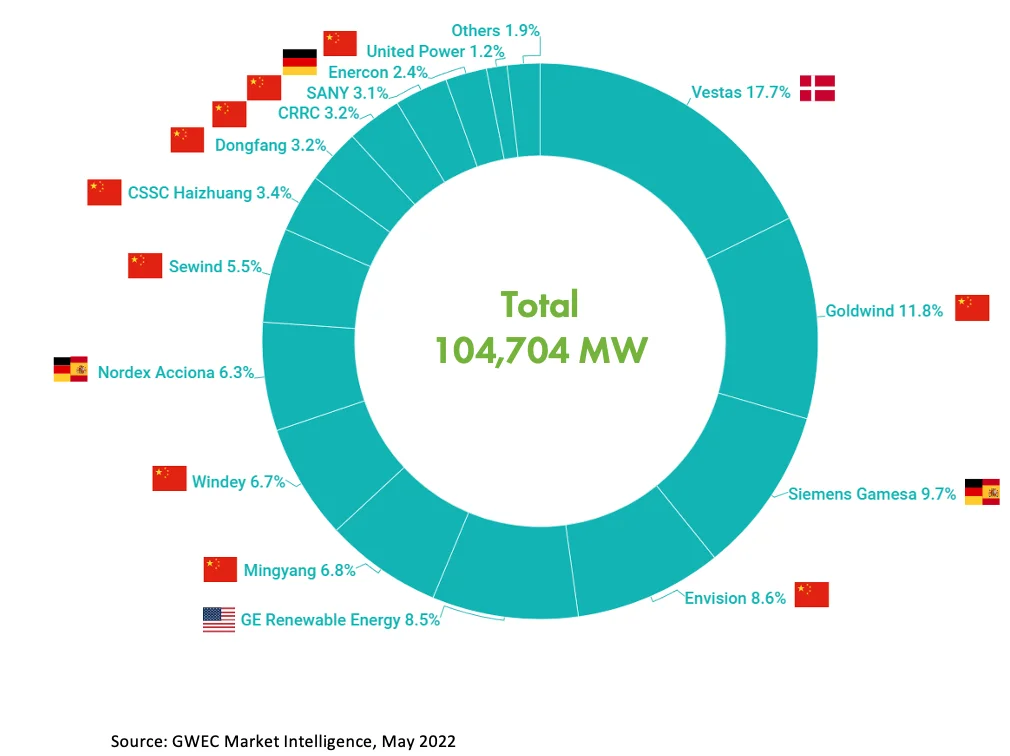Key Players in Wind Finance Sector
The wind energy sector is a dynamic and rapidly evolving industry. It’s driven by a diverse group of stakeholders, each playing a crucial role in its growth and development.
One of the key aspects of this industry is wind finance. This involves the funding and investment strategies that enable the creation and expansion of wind power projects.
From banks and financial institutions to government entities and international organizations, various key players are involved. Their contributions shape the landscape of wind finance, fostering advancements in renewable energy.
In this article, we delve into the key players in the wind finance sector, exploring their roles and the impact they have on this burgeoning industry.
Understanding Wind Finance
Wind finance refers to the financial strategies and instruments used to support wind energy projects. It involves sourcing capital to fund projects from start to finish, including construction and operation.
This financial ecosystem includes diverse funding sources, such as loans, bonds, and venture capital. These investments help overcome the high upfront costs associated with wind energy projects. By understanding the mechanisms and players in wind finance, stakeholders can better assess opportunities and risks in the renewable energy market.
Major Banks and Financial Institutions
Major banks and financial institutions play a key role in wind finance. They provide the necessary capital through loans and credits. These funds support the development and expansion of wind projects.
These institutions assess project viability and market conditions. Their participation reduces financial risks for other investors. Consequently, banks and financial institutions are crucial in driving wind energy growth.
Government’s Role in Wind Finance
Governments worldwide are vital supporters of wind finance. They provide subsidies and tax incentives to encourage renewable energy investments. These financial aids make wind projects more attractive to investors.
In addition, government policies shape the renewable energy landscape. They set targets and mandates for wind power adoption. By fostering a supportive environment, governments help facilitate the sector’s growth and sustainability.
International Organizations and Green Bonds
International financial organizations have a significant impact on global wind energy projects. They provide funding to bridge gaps where local financing falls short, especially in developing nations.
Green bonds have emerged as crucial instruments in wind finance. They offer attractive opportunities for investors prioritizing sustainability. By investing in green bonds, stakeholders can support environmentally friendly wind projects.
Private Equity and Venture Capital
Private equity firms and venture capitalists are key drivers in wind energy finance. They inject essential capital into promising wind projects, propelling their growth and success.
Their investment strategies typically focus on innovation and long-term profitability. By backing emerging technologies and startups, these investors help push the wind sector towards greater efficiency and sustainability.
Insurance Companies and Risk Management
Insurance companies play a vital role in wind finance by mitigating risks. They offer coverage that protects investments against unforeseen damages and operational challenges.
With comprehensive risk management solutions, insurers ensure project stability and confidence for financiers. Their expertise aids in navigating complex wind project hazards.
The Solar and Wind Finance and Investment Summit
The Solar and Wind Finance and Investment Summit is a premier event in the renewable sector. It offers a platform for networking and deal-making among key players.
This summit brings together investors, developers, and policy makers. It fosters collaboration and innovation in financing wind and solar projects.
Future Outlook and Technological Advancements
The future of wind finance looks promising with advancing technologies. These advancements are driving down costs and enhancing efficiency in wind projects.
Emerging technologies like AI and data analytics are refining investment strategies. They help in assessing risks and optimizing returns, making wind investments more attractive.
Conclusion
Wind finance plays a crucial role in the growth of renewable energy. Numerous stakeholders collaborate to ensure successful wind energy projects.
As the sector evolves, continuous investment and innovation are key. The future promises more opportunities and challenges in wind finance.
